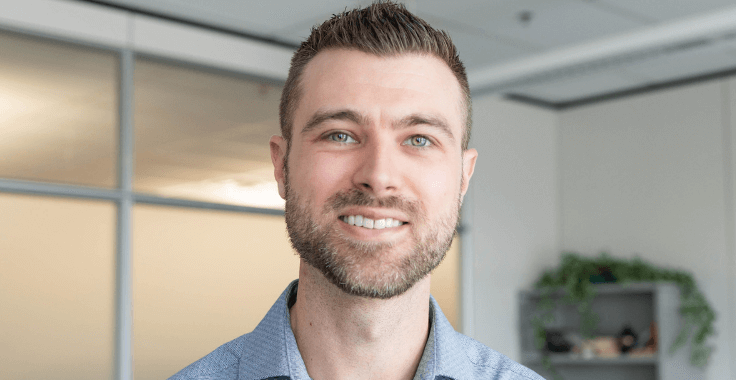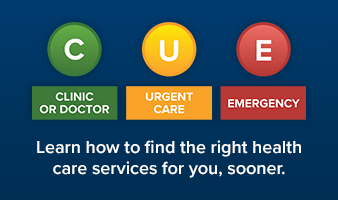Helping patients get to the right place: an interview with Regional Utilization Specialist Brian Sawatzky
A Regional Utilization Specialist on coordinating Patient Access and Transition

Winnipeg Regional Health Authority
Published Wednesday, May 10, 2023
Brian Sawatzky is a Regional Utilization Specialist for the Patient Access and Transition Team at the Winnipeg Regional Health Authority. Though the title may not reflect his training as a nurse, it's one of the unique job opportunities that nurses have in health care, supporting patients and their healthcare needs.
"When there isn’t patient flow, it’s not good for patients and it’s not good for the staff," explained Sawatzky, describing how patient care is monitored throughout the health care system to prioritize where they can be best supported in their recovery.
The team helps coordinate the movement of patients in emergency departments to community hospital sites such as Concordia Hospital, Victoria Hospital, Seven Oaks General Hospital, or the Misericordia Transitional Care Unit.
An emergency department physician identifies patients who do not require acute medical admission. These patients are generally medically stable and progressing well, but may still require physio or occupational therapy or have social challenges to work through.
"We don’t want to have patients that are waiting for long term care in emergency and vice versa, explained Sawatzky.
When preparing for a patient to be discharged, Sawatzky said that Utilization Specialists are critical for working with the teams to determine the best disposition for patients, whether that’s at home with support or in another setting such as rehab or long-term care.
"The problem is there’s often very little capacity across the system, so these patients end up waiting days in the emergency department to be transferred," said Sawatzky.
The majority of patients that the Patient Access and Transition Team monitors tend to be older adults but, Sawatzky also acknowledged that there could be other chronic issues that require extra care and support.
"We continue to follow up with them or suggest other options such as being supported at home with more home care or to help them with additional planning to follow while we’re waiting for a bed."
Making sure patients are getting the right care, in the right place at the right time is a collaborative effort by the entire healthcare team and support unit roles such as the Patient Access and Transition Unit team.
Technology systems play an important role in managing patient care across numerous sites and facilities in the Winnipeg region. A large electronic board using software called Oculys gives the impression of a command centre. The patient flow applications map all of the patients in care and their health needs across the entire health system. Sawatzky emphasized that as a utilization specialist, he blends his nursing skills with his passion for data and computers.
"I’ve always been fairly technologically savvy . . . [the job] seemed like a really interesting position to combine nursing with technology and be in a clinical informatics type role," Sawatzky said.
The nurse chose to complete the joint BN program between U of M and the University College of the North in The Pas, Manitoba. He appreciated the small class sizes and the teaching environment gave him more hands-on experience in the hospital and other clinical settings.
He said even though he wanted to start his career in the emergency department, he was encouraged to get experience in other settings first.
"I started out in the medicine float pool at the Victoria Hospital and eventually floated down to the emergency department, I went through all the education levels there and just loved it."
But it was one of Sawatzky's first managers who showed him different opportunities in nursing ahead of him.
"My director in my Emergency Program role was amazing at not letting the role or title define my responsibilities and would give me other opportunities to get new experiences and I really appreciated that."
As a nurse working during the pandemic, Sawatzky appreciated the change in office settings as he switched gears to work remotely to support Public Health by contacting positive cases and Occupational Health by helping screen staff to return to work. With staffing shortages in the ED, he picked up as many clinical shifts as he could and continues to work casually in the ED.
"I get to keep my clinical skills up, which is important to do when I'm in a support role because I want to maintain that frontline perspective," Sawatzky said, who wants to stay connected to the challenges facing nurses who are focused directly on providing patient care. Sawatzky has since started a Master's Degree in Nursing with a focus on leadership. He continues to work with the Central Bed Access team and is working on making patient flow process improvements and implementing upgrades to the electronic patient flow applications.

